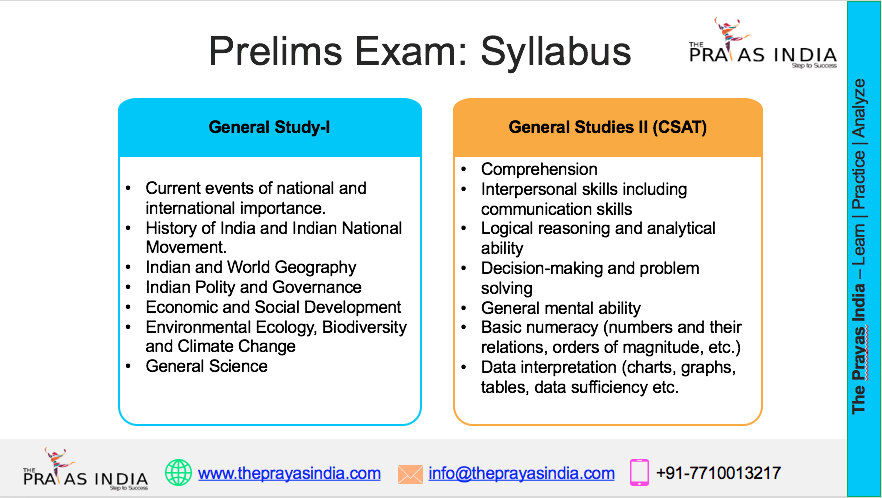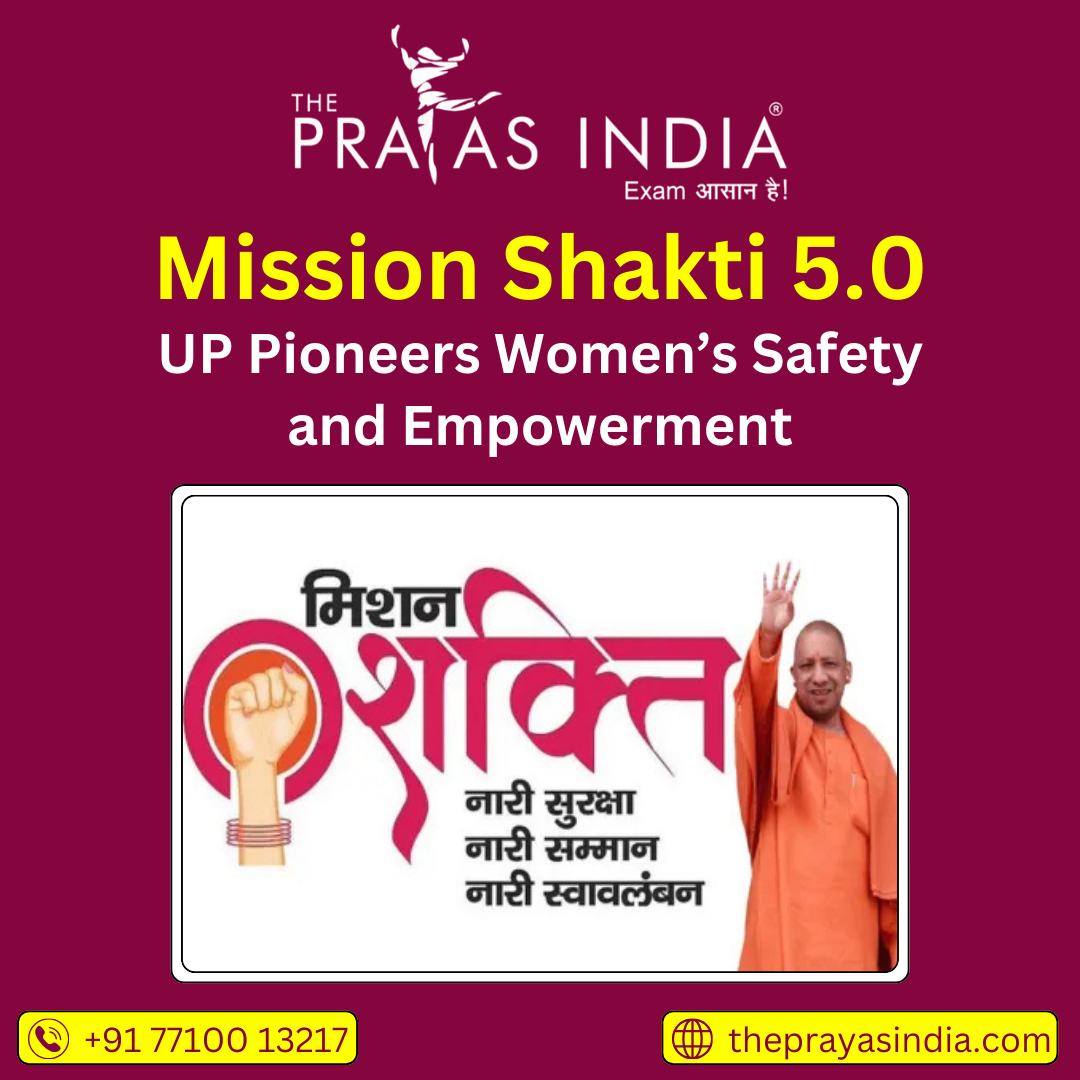Microfinance Institutions (MFIs): Empowering Financial Inclusion in India
UPSC Prelims GS Paper 1 and Mains GS Paper 3 (Economics – Financial Inclusion & Rural Development).
Introduction
Microfinance Institutions (MFIs) are specialized financial organizations that provide small loans and other financial services to low-income individuals and businesses who typically lack access to traditional banking facilities. In India, MFIs play a pivotal role in promoting financial inclusion by supporting entrepreneurship and livelihoods among marginalized communities.
What Are Microfinance Institutions?
MFIs offer financial products such as microloans, microsavings, and microinsurance, usually in small amounts (less than ₹1 lakh in India) tailored for rural and urban poor populations. These loans support activities like small businesses, agriculture, and self-employment ventures. MFIs operate through various models including Self Help Groups (SHGs), Joint Liability Groups (JLGs), and individual lending.
Objectives of MFIs
- Provide affordable credit to poor and financially excluded sections of society.
- Support income-generating activities and empower women entrepreneurs.
- Promote social equity through financial access.
- Foster sustainable community development by enabling economic independence.
Evolution and Regulation
Microfinance in India has grown rapidly over the last two decades, now serving millions across states and union territories. The sector is regulated by the Reserve Bank of India under the Non-Banking Financial Company – Micro Finance Institutions (NBFC-MFI) framework. This regulation ensures transparency, borrower protection, and curbs unethical lending practices.
Impact of Microfinance
MFIs have enabled millions to access credit that would otherwise be unavailable, breaking the cycle of poverty. By encouraging entrepreneurship and small-scale income activities, MFIs contribute significantly to rural development, women’s empowerment, and financial literacy. Government schemes like the Pradhan Mantri Mudra Yojana (PMMY) complement the microfinance sector by improving credit flow to small businesses.
Challenges and the Way Forward
While MFIs have been transformative, challenges such as interest rate concerns, over-indebtedness, and reaching remote areas remain. Digitization initiatives like E-Shakti are improving transparency and efficiency in SHG management. Strengthening cooperative ties between banks, NBFCs, and MFIs will enhance credit access and deepen financial inclusion.




![Prayas-तेजस [UPSC CSE Sociology Optional] – Online & Offline](https://theprayasindia.com/wp-content/uploads/2025/09/Prayas-तेजस-UPSC-CSE-Optional-Subject-The-Prayas-India-300x300.png)
![Prayas-सूत्र [UPSC CSE Materials (Hardcopy)]](https://theprayasindia.com/wp-content/uploads/2025/09/Prayas-सूत्र-UPSC-CSE-Study-Materials-Hardcopy-The-Prayas-India-300x300.png)
![Prayas-मंत्रा [UPSC CSE CSAT]](https://theprayasindia.com/wp-content/uploads/2025/09/Prayas-मंत्रा-UPSC-CSE-CSAT-The-Prayas-India-300x300.png)
![Prayas सारथी [UPSC CSE One on One Mentorship]](https://theprayasindia.com/wp-content/uploads/2025/09/Prayas-सारथी-UPSC-CSE-One-on-One-Mentorship-The-Prayas-India-300x300.png)










